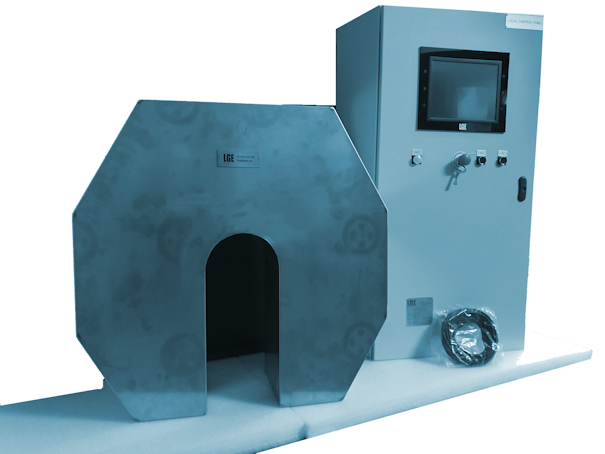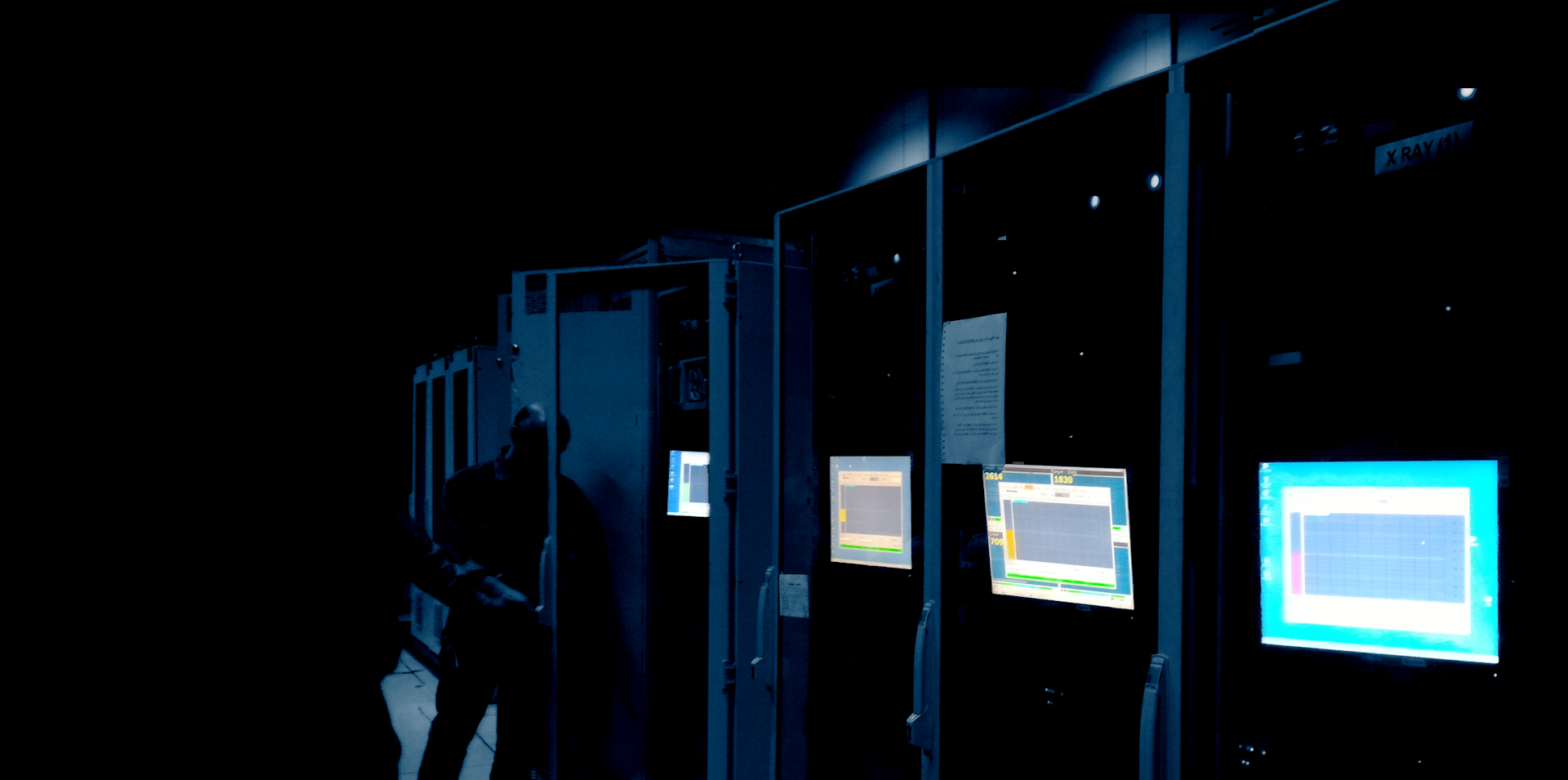3DShaper : shape and dimensions on pipes and hollow profiles
In modern pipes and profiles manufacturing and fabrication, ensuring the conformity of the shape, the quality and integrity is essential for safety, performance, and compliance. Traditional inspection techniques—while useful—can be time-consuming, subjective, or limited in resolution.The alternative is a high-precision, non-contact measurement tool revolutionizing quality controls across industries.

A profilometer is an optical sensor used to measures the height and shape of a surface with micron-level accuracy. It generates a detailed 3D profile or cross-sectional view of the surface by scanning across it.
In the context of welding inspection, laser profilometers are used to:
- Inspect the geometry
- Detect surface defects
- Measure
- Monitor consistency
Modern profilometers can scan in real-time during or after the process.
1. Post-process Quality Control
Laser profilometers are widely used in quality control after the welding process to verify that the welds meet geometric and tolerance requirements. They provide:
- Accurate measurements
- Detection of anomalies like concavity, convexity, and misalignment
- Comparison with reference profiles or CAD models
2. In-Line and Real-Time Monitoring
Some advanced systems integrate profilometers directly into the production line for real-time inspection. This enables:
- Immediate identification of defects
- Closed-loop feedback to adjust parameters on the fly
- Reduced rework and scrap rates
- Automated scan path programming
- Seam tracking capabilities
- Data logging for traceability
Profilometers can extract a range of parameters critical, including:
- Toe angle and radius
- Cross-sectional area
- Surface roughness
These measurements are essential for ensuring welds meet standards such as ISO 5817, AWS D1.1, or EN 1090.
- Automotive: For high-speed inspection of MIG/MAG welds in body-in-white (BIW) lines.
- Pipeline and Energy: For detecting surface defects in critical welds.
- Aerospace
With the integration of AI and machine learning, profilometers are becoming smarter:
- Automatic defect classification
- Predictive maintenance of equipment


